Clear the Way: Replacing Windshield Wipers on Your Jeep Wrangler
This guide provides experienced Jeep Wrangler owners with a comprehensive understanding of windshield wiper replacement. With step-by-step instructions and tips for choosing the right wipers, cleaning your windshield, and maintaining visibility, this article ensures safe driving on the road. Additionally, the importance of using high-quality wiper blades and windshield wiper fluid is discussed, along with safety considerations while replacing them.
Jeep Wrangler ‘Maintenance Schedule’ Series
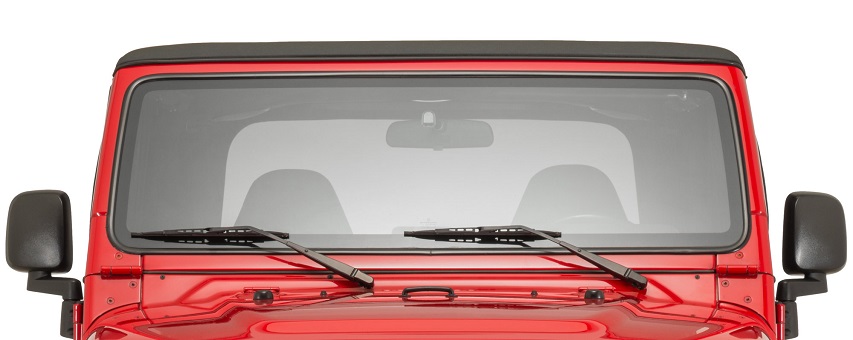
Are you a proud owner of a Jeep Wrangler? Do you want to keep it running smoothly and looking great? One important part of Jeep Wrangler maintenance is replacing the windshield wipers. In this installment of the Jeep Wrangler ‘Maintenance Schedule’ Series, we’ll take you through the step-by-step process of replacing the windshield wipers on your Jeep Wrangler. By following these simple instructions, you’ll have your wipers replaced in no time.
Section 1: Introduction
Windshield wipers are an essential part of any vehicle, and the Jeep Wrangler is no exception. Over time, wipers can wear out, leaving streaks or making annoying noises. Replacing your windshield wipers is a simple and affordable way to ensure that your Jeep is always in top condition. It’s a job that can be done quickly and easily, with just a few tools.
Section 2: Choosing the Right Windshield Wipers
Before you start, you need to choose the right windshield wipers for your Jeep Wrangler. The first thing you need to consider is the size of your wipers. Jeep Wranglers have different wiper sizes depending on the year and model. You can find the correct size for your Jeep in the owner’s manual or by checking online.

Another factor to consider when choosing windshield wipers is the type of blade. There are two main types: frame-style blades and beam-style blades. Frame-style blades have a metal frame that holds the rubber blade in place. Beam-style blades are more flexible and have a single piece of rubber that conforms to the shape of the windshield. Both types work well, but beam-style blades tend to be more expensive.
Section 3: Removing the Old Windshield Wipers
Once you have your new wipers, it’s time to remove the old ones. Start by lifting the wiper arm away from the windshield. You should hear a click as the arm locks in place. This will prevent the arm from snapping back and damaging the windshield.
Next, locate the small tab on the underside of the wiper blade. Press the tab and slide the blade down the arm. It should come off easily. Repeat this process for the other wiper blade.
Section 4: Cleaning the Windshield
Before you install the new wipers, take a moment to clean the windshield. Use a glass cleaner and a clean cloth to remove any dirt or debris. This will ensure that your new wipers work efficiently and don’t get damaged.
Section 5: Attaching the New Wiper Blades
Now it’s time to install the new wiper blades. Start by taking the new blade out of its packaging. Look for the small plastic clip on the underside of the blade. This clip will attach the blade to the wiper arm.
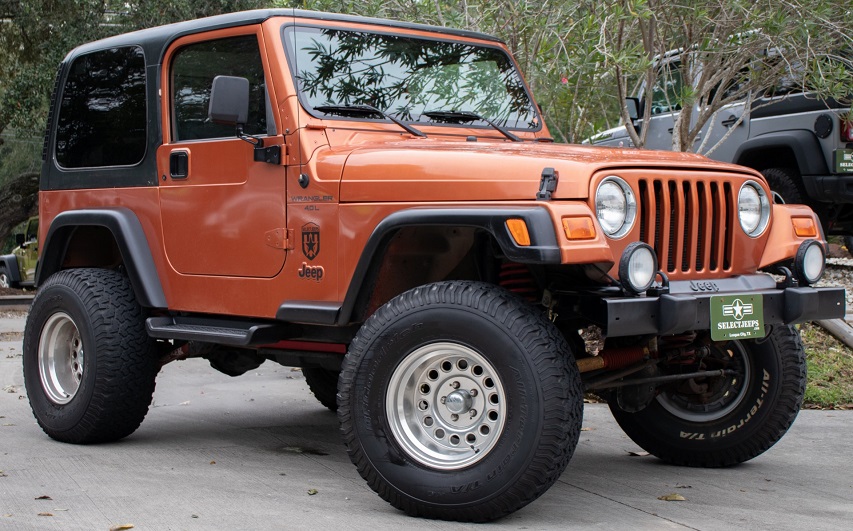
Slide the new blade onto the arm, making sure that it locks into place. You should hear a clicking sound when the blade is secure. Repeat this process for the other wiper blade.
Section 6: Checking the Blades
Once you’ve installed the new wiper blades, it’s important to check that they are working properly. Turn on your wipers and let them run for a few seconds. Make sure that the blades are wiping smoothly and evenly across the windshield. If you notice any issues, such as streaking or skipping, you may need to adjust the blades or clean the windshield again.
Section 7: Maintaining Your Windshield Wipers
To keep your new wiper blades working effectively, it’s important to maintain them properly. Check them regularly for signs of wear or damage, and replace them as needed. You should also clean your windshield regularly to prevent dirt and debris from building up on the blades.
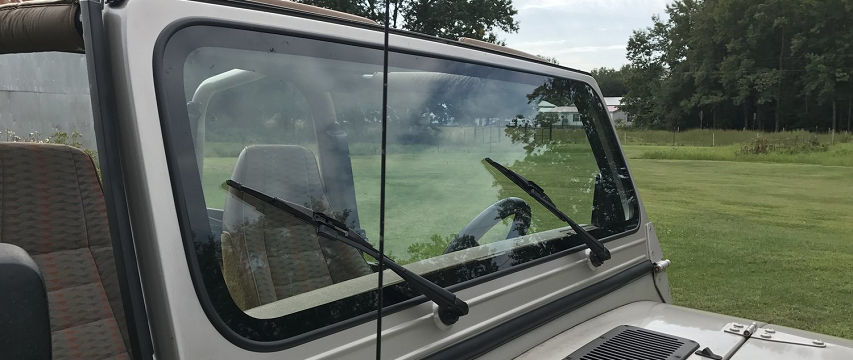
Another consideration worth noting is the use of windshield wiper fluid. Using a good-quality fluid can help to remove dirt and debris from your windshield, making it easier for the wipers to do their job. It can also help to prevent streaking and smearing, which can be a safety hazard while driving.
Section 8: When to Replace Your Windshield Wipers
Knowing when to replace your windshield wipers is important to maintain the safety of your Jeep Wrangler. It’s recommended to replace them at least once a year or as soon as you notice any signs of wear or damage. Some signs to look out for include streaking, skipping, or a noisy wiper blade. Another indicator is if the rubber on the blade is cracked or split. If you’re unsure whether your wipers need to be replaced, you can ask a professional to check them for you.
Section 9: Troubleshooting
Sometimes, even after replacing your windshield wipers, you may encounter issues that affect their performance. Here are some common problems and troubleshooting steps to take if they arise.
Problem: Streaking If your new wipers are leaving streaks on your windshield, it could be due to a number of factors. The wiper blades may not be making proper contact with the glass, or there could be debris on the windshield that is causing the streaks. Try cleaning your windshield thoroughly with a high-quality glass cleaner and microfiber cloth, and adjust the wiper blades to ensure they are making proper contact with the glass.
Problem: Skipping If your new wipers are skipping across your windshield, it may be due to an issue with the blade itself or the windshield’s curvature. First, make sure that you’ve installed the correct wiper blades for your Jeep Wrangler. If the skipping persists, it may be worth taking your Jeep to a professional to have the windshield curvature checked.
Problem: Noise If your new wipers are making an unusual noise while in use, it could be due to several reasons. First, check to make sure the wiper blades are installed correctly and securely. If the noise persists, it may be due to a worn or damaged wiper arm or linkage. This issue may require professional assistance to repair.
Problem: Wipers Not Working If your new wipers aren’t working at all, it could be due to a blown fuse or a faulty wiper motor. Check your Jeep Wrangler’s fuse box and replace any blown fuses. If this doesn’t fix the issue, it may be due to a faulty wiper motor, which may require professional assistance to replace.
Section 10: Conclusion

Replacing your windshield wipers is an easy and inexpensive way to keep your Jeep Wrangler in top condition. By following the steps in this guide, you can have your new wipers installed in just a few minutes. Remember to choose the right wipers for your Jeep, clean your windshield before installing them, and check them regularly to maintain their effectiveness. With these tips, you’ll have clear and safe visibility on the road ahead. Happy driving!
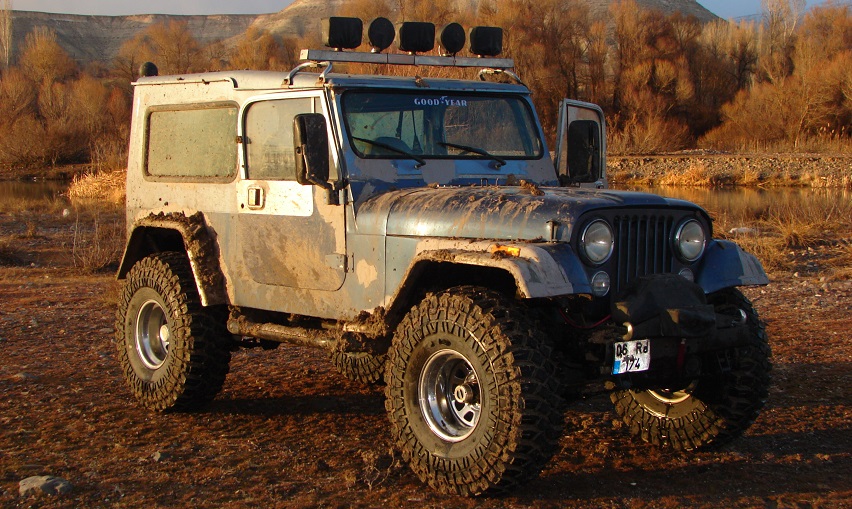
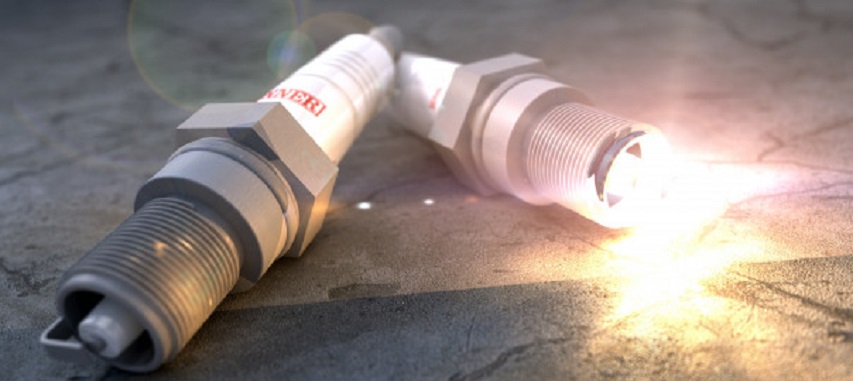

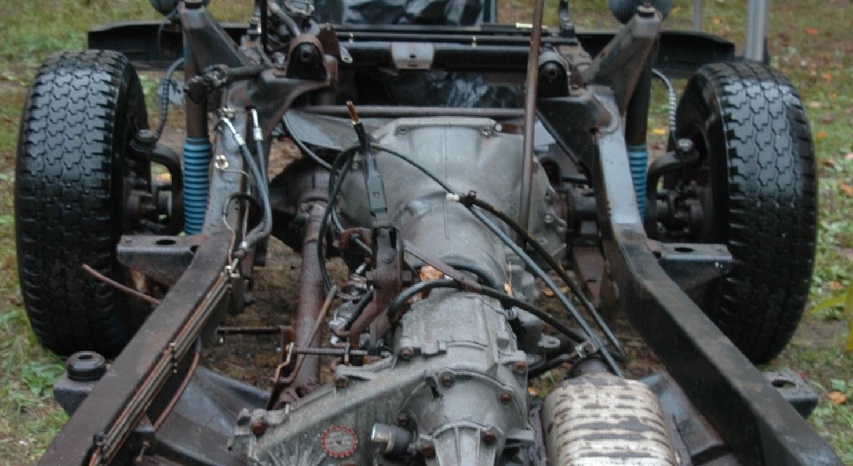

1 thought on “Clear the Way: Replacing Windshield Wipers on Your Jeep Wrangler”
Comments are closed.